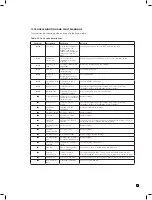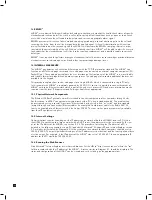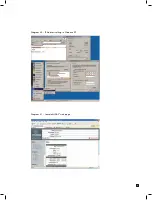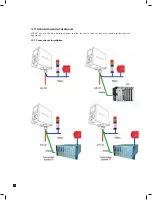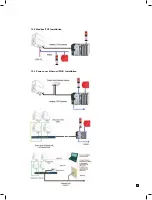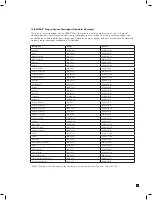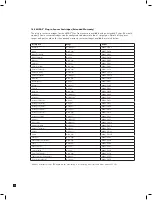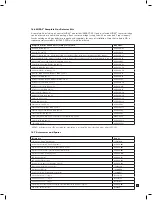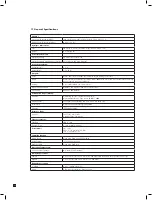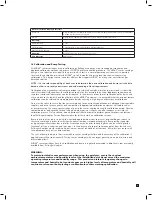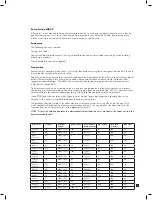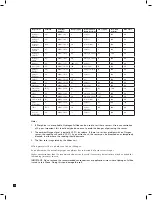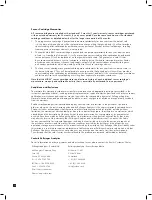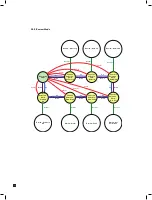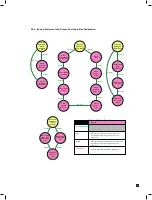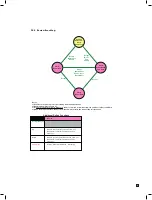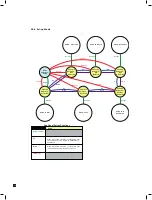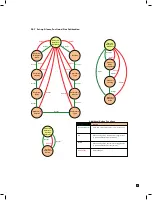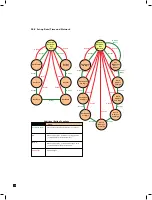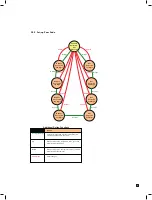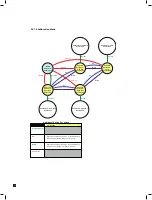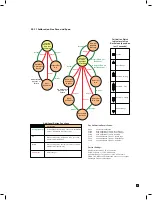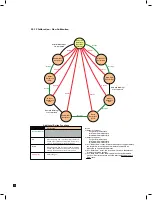
66
Target Gas
Formula
Cartridge
Part No.
Range (ppm)
Recommended
Bump Test Gas
Conc. (ppm)
Flow Rate
(cc/min)
Max. Time
Hydrogen
Bromide
HBr
MIDAS-S-HCl
8
Chlorine
5
500
120
Hydrogen
Chloride
HCl
MIDAS-S-HCl
8
Chlorine
5
500
120
Hydrogen
Cyanide
HCN
MIDAS-S-HCN
20
Sulfur Dioxide
15
500
120
Hydrogen
Fluoride
HF
MIDAS-S-HFX
12
Chlorine
5
500
120
Hydrogen
Selenide
H
2
Se
MIDAS-S-HSE
0.
4
Hydrogen Sulfide
Low
5
00
1
20
Hydrogen
Sulfide
H
2
S
MIDAS-S-H2S
40
Hydrogen Sulfide
25
500
120
Methane
CH
4
MIDAS-S-LEL
100% LEL
Methane
500
120
Nitric Oxide
NO
MIDAS-S-NOX
100
Nitric Oxide
50
500
120
Nitrogen
Dioxide
NO
2
MIDAS-S-NO2
12
Nitrogen Dioxide
10
500
120
Nitrogen
Trifluoride
NF
3
MIDAS-S-HFX
40
Chlorine
5
500
120
Oxygen
O
2
MIDAS-S-O2X
25% v/v
Air
500
120
Ozone
O
3
MIDAS-S-O3X
0.4
Chlorine
Low
500
120
Phosphine
PH
3
MIDAS-S-PH3
1
Phosphine
0.5
500
120
Phosphorus
Oxychloride
POCl
3
MIDAS-S-POC
0.
8
C
hlorine
L
ow
5
00
1
20
Silane
SiH
4
MIADS-S-SHX
2
Hydrogen Sulfide
< 25
500
120
Silane
SiH
4
MIDAS-S-SHL
20
Hydrogen Sulfide
< 25
500
120
Sulfur Dioxide
SO
2
MIDAS-S-SO2
8
Sulfur Dioxide
8
500
120
Sulfur
Tetrafluoride
SF
4
MIDAS-S-SF4
0.
8
Chlorine
L
ow
5
00
1
20
TEOS
TEOS
MIDAS-S-TEO
40
Carbon
Monoxide
100
500
120
Tungsten
Tetrafluoride
WF
6
MIDAS-S-HFX
12
Chlorine
5
500
120
Notes
1. If Phosphine is not available, Hydrogen Sulfide can be used to test these sensors. Use a concentration
of 2 ppm. Important: this should only be done once to avoid the danger of poisoning the sensor.
2. The ambient Oxygen level is typically 20.9% by volume. If there is a serious problem with an Oxygen
sensor, the reading will not be 20.9%. As an extra check, the sensor can be breathed on or temporarily
blocked. In either case the reading should decrease.
3. The flow rate is regulated by the Midas unit.
All test gases must be in a balance of air, not Nitrogen.
As an alternative, the actual target gas can always be used instead of a cross-sensitive gas.
Higher concentrations than the recommended ones can be used if necessary, but extra time may be needed for
the reading to recover to zero.
IMPORTANT: Do not exceed the recommended concentrations or application times where Hydrogen Sulfide
is used to test Silane. Doing this can damage the cell.


